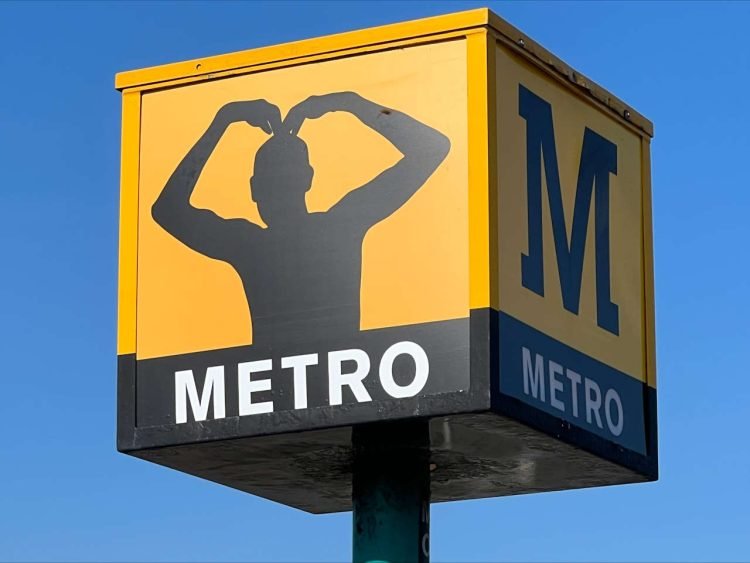A new exhibition at Newcastle University’s Farell Centre features the place of the Tyne and Wear Metro in a radical urban transformation that has changed the face of Tyneside.
The exhibition, titled Concrete Dreams, shows how Newcastle has been transformed into a modernist city through ideas, personalities, and the political climate.

Scheduled to run until Saturday, 1st June 2025, the immersive exhibition at the Farell Centre seeks to show how Tyneside was transformed in the second half of the 20th Century and how it could be reimagined today.
The Tyne and Wear Metro plays a prominent part in the exhibition, with Nexus, the public body that runs Metro, having placed on loan a number of items.
These include one of the iconic yellow Metro station cubes, a scale model of a Metro train and a chair featuring the original Metro seating fabric
Also on loan are copies of Metro plans and commemorative literature from when Royalty officially opened the network in 1981.
Last year, one of Metro’s cubes was reimagined to incorporate Sir Mo Farah’s famous Mobot celebration, and a permanent cast of his footprints has been embedded at South Shields Transport Interchange to celebrate his achievements in the Great North Run.

The exhibition shows the city’s landmarks that have left an indelible mark on Tyneside.
These range from the iconic architecture of Newcastle Civic Centre and vast infrastructure projects like the Central Motorway and the creation of the Tyne and Wear Metro, to local schools, libraries, civic amenities and housing.
In their way, these have all changed Tyneside of the 1960s and 1970s to what it is today.
Concrete Dreams is not only an exhibition but includes installations and an events programme.
They are all structured so that the ideals and aspirations that drove these transformations can be explored, as well as how they are continuing to change the face Tyneside of today.

Behind the project is the quest for how, with today‘s challenges from air quality to housing provision, can the legacies of the past be built upon and to remake the city once again?
Further information about the exhibition can be found by clicking here.
“Our hope is that people enjoy attending the Concrete Dreams exhibition over the next eight months. It really brings home just how Metro ranks alongside some of the other famous urban development projects which transformed the face of modern Tyneside.”
Sarah McCourt, Head of Communications, Marketing and Customer Information at Nexus





Responses